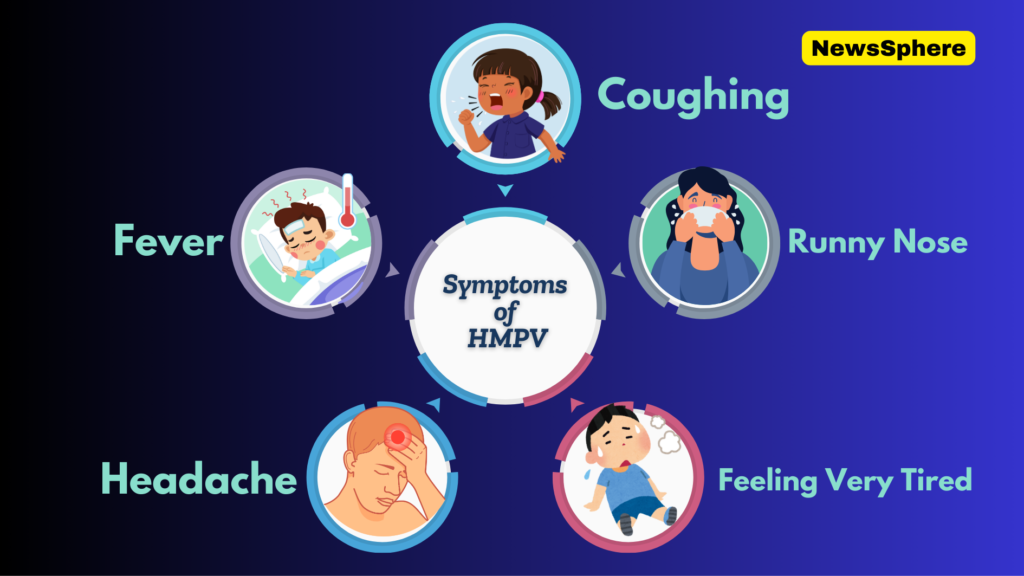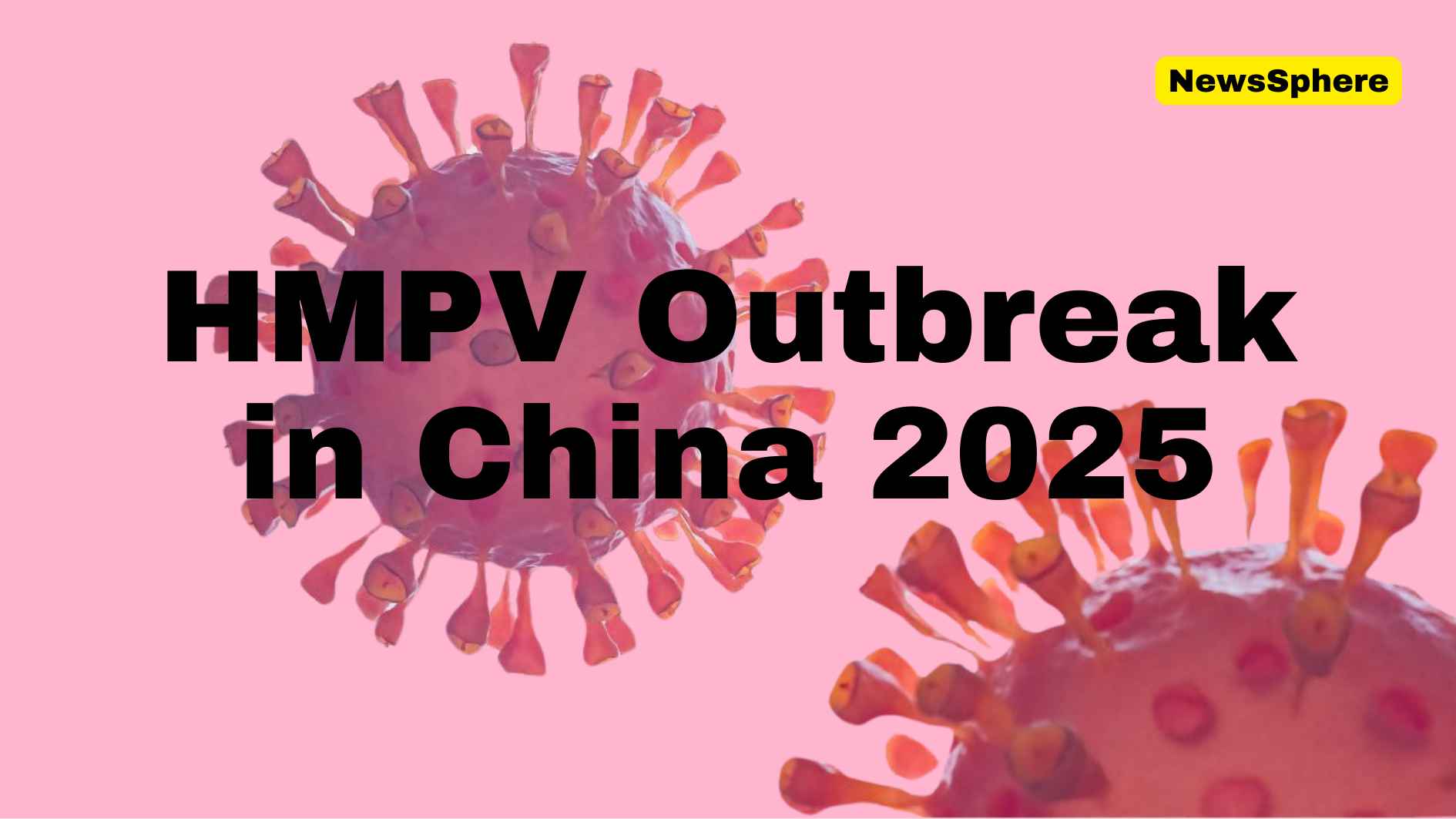
Human metapneumovirus (HMPV) cases detected in China have risen recently. Because of its quick spread and major effect on underprivileged groups, this virus—which mostly affects the lungs and breathing—has attracted worldwide interest. Let’s simplify things to grasp why it matters not only for China but also for the rest of the globe. Maintaining knowledge of HMPV will enable us to avoid comparable health hazards through more educated precautions.
What is HMPV and Why Should We Care?
HMPV was first discovered in 2001. It’s a respiratory virus that often causes symptoms similar to a cold or the flu. These symptoms include:
- Coughing
- Fever
- Stuffy or runny nose
- Headaches
- Feeling very tired
Most people find these symptoms go away on their own. Some groups, such as small children, elderly adults, and those with compromised immune systems, can have more major problems, including bronchitis or pneumonia. These severe cases might need hospitalization and, occasionally, be fatal.
HMPV cases overwhelm Chinese hospitals now, particularly among children under the age of fourteen. Comparisons to the early days of the COVID-19 epidemic help one to understand the concern this increase in cases generates. Although professionals believe HMPV is usually less severe, its quick spread emphasizes the need to give preventive actions great attention.
Why Are People Worried About HMPV?
Hospitals in China are finding it difficult to handle the mounting HMPV patient load. The most at risk are children and older people, and a good share of the severe cases involve them. While an infected individual coughs or sneezes, the virus readily travels by respiratory droplets; it can also be transmitted by touching contaminated surfaces. These elements make it more worrying in crowded places, where the infection can swiftly affect many people.
Is HMPV Like COVID-19?
Although HMPV and COVID-19 are respiratory viruses that transmit in similar ways, they are not the same. HMPV is from a different virus family and is less infectious and severe than COVID-19. Unlike COVID-19, HMPV does not create long-term health problems following recovery. However, both viruses can offer major threats to vulnerable people, so taking precautions against them is critical.
Is There a Vaccine for HMPV?
There is currently no vaccine to prevent HMPV. Scientists are developing one, but given the complexity of the virus and the relative lack of public attention it gets compared to other diseases, progress has been sluggish. The greatest approaches to avoid illness until a vaccination is accessible include maintaining basic hygiene and avoiding contact with ill people.
Should India Be Worried About HMPV?
Although the outbreak is concentrated in China, India’s dense population and crowded cities make it important to stay vigilant. Experts recommend that India strengthen surveillance systems, encourage hygiene practices, and prepare healthcare facilities to handle potential cases. India’s experience managing COVID-19 provides valuable lessons that can help address a possible HMPV outbreak effectively. Public health awareness campaigns can play a key role in preventing widespread infections.
How to Protect Yourself and Others from HMPV
The current HMPV epidemic reminds us of the need for world health consciousness. Although China is largely affected by the epidemic, other nations—including India—are closely observing it as well. Preparedness, knowledge, and hygiene are needed to prevent outbreaks from becoming widespread.
The linked character of modern society allows diseases to spread rapidly across boundaries. Learning from historical events such as COVID-19 can help governments and people act early to solve health emergencies. This includes investing in healthcare infrastructure, promoting public awareness, and encouraging scientific research.

Looking Ahead: What Can We Learn?
The current HMPV epidemic reminds us of the need for world health consciousness. Although China is largely affected by the epidemic, other nations—including India—are closely observing it as well. Preparedness, knowledge, and hygiene are needed to prevent outbreaks from becoming widespread.
The linked character of modern society allows diseases to spread rapidly across boundaries. Learning from historical events such as COVID-19 can help governments and people act early to solve health emergencies. This includes investing in healthcare infrastructure, promoting public awareness, and encouraging scientific research.
Conclusion
HMPV may not be a new virus, but it illustrates how quickly even a common sickness can destroy communities. The increase in instances emphasizes the importance of early intervention, preventative policies, and safeguarding those most in danger. Maintaining our and our loved ones’ safety depends much on simple behaviors such as hand washing, mask-wearing, and information seeking.
One owns health in concert. Working together and keeping vigilant will help us overcome obstacles, including HMPV, with assurance. Every effort counts in building a safer and healthier future for all, whether through greater hygienic habits, upgraded healthcare systems, or scientific developments.



